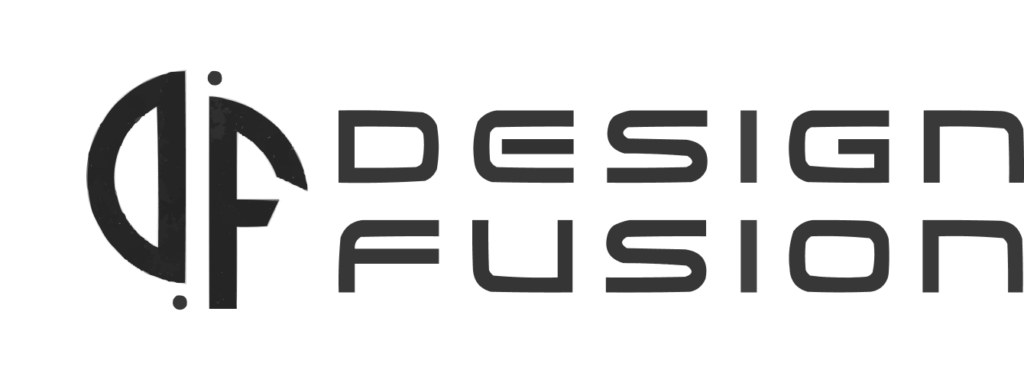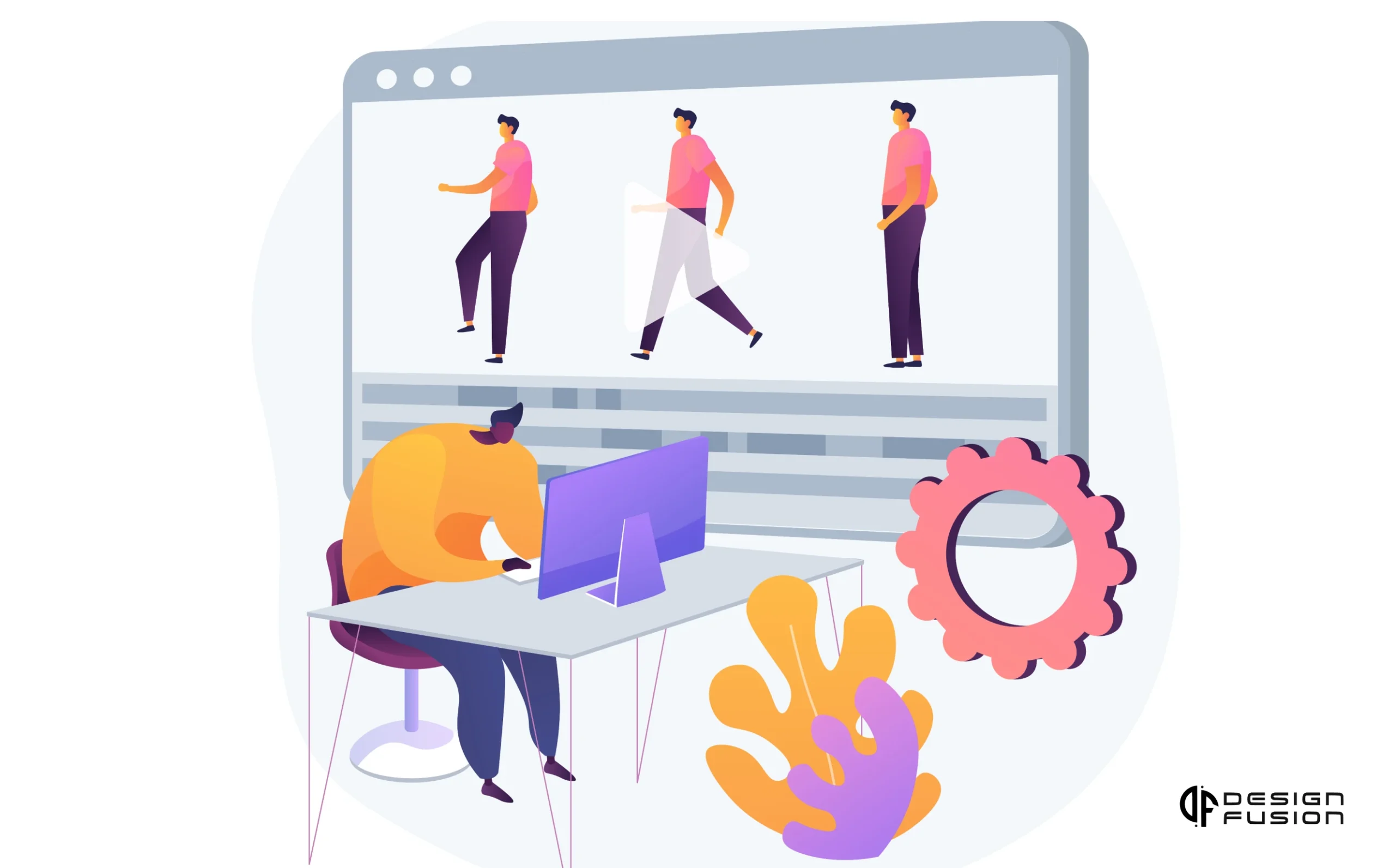Introduction
In the ever-evolving landscape of design, maintaining a cutting-edge presence necessitates the embrace of innovative techniques that transcend the limitations of static visuals. Motion graphics and animation have emerged as transformative forces, reshaping traditional design landscapes and ushering in a new era of immersive and engaging experiences.
Motion graphics, by utilizing graphic design elements to create the illusion of movement, inject a dynamic quality into once-static visuals. They serve as dynamic storytellers, guiding the viewer’s attention and enriching the overall user experience. Animation, on the other hand, takes this dynamism to the next level by infusing life into designs through movement, be it character animations, 3D modeling, or interactive interfaces.
This blog delves into the synergistic integration of motion graphics and animation, uncovering the multitude of possibilities awaiting designers who aspire to push the boundaries of creativity. It explores how the seamless blend of these dynamic elements not only elevates the visual language but also opens up new avenues for storytelling, emotional resonance, and user engagement. As technology advances, the fusion of motion graphics and animation stands as a testament to the evolving nature of design, offering a canvas where creativity knows no bounds.
The Evolution of Design
The enduring legacy of traditional static design as a foundational pillar in visual communication has been a testament to its timeless efficacy. Nevertheless, the relentless march of the digital age compels designers to transcend the limitations of static imagery. Enter motion graphics and animation, two dynamic mediums that not only offer a departure from the static norm but also provide a compelling avenue for designers to redefine storytelling, convey emotions, and deliver messages with unparalleled dynamism.
Motion graphics, with its capacity to infuse static visuals with a sense of movement, represents a pivotal evolution in design. It extends beyond the confines of still images, guiding the viewer’s attention through animated elements, and fostering a more immersive visual experience. From subtle transitions to intricate animations, motion graphics introduce a level of sophistication that resonates particularly well with contemporary audiences hungry for engaging content.
Animation, on the other hand, takes the dynamism to new heights by breathing life into designs through movement. It opens doors for designers to craft narratives in ways that static visuals simply cannot achieve. Character animations, three-dimensional modeling, and interactive interfaces all become tools in the designer’s arsenal to connect with audiences on a deeper and more emotional level. This synergy between motion graphics and animation marks not just a trend but a fundamental shift in the design landscape, where dynamic visuals play a central role in the narrative.
As we navigate this digital era, the fusion of motion graphics and animation becomes an imperative for designers aiming to stay ahead of the curve. It’s a marriage of creativity and technology that goes beyond mere aesthetics; it’s a strategic adaptation to the demands of a visually sophisticated audience. Whether through the kinetic choreography of typography in motion graphics or the interactive engagement facilitated by animated interfaces, this fusion enables designers to transcend the constraints of static design and deliver messages with a dynamism that resonates powerfully in the age of digital dominance.
The Power of Motion Graphics
Motion graphics, a dynamic facet of design, seamlessly blends graphic elements to conjure the illusion of motion. This technique breathes vitality into static visuals, skillfully guiding the viewer’s focus and elevating the overall user experience. Whether it’s the sleek dance of logo animations or the vibrant cadence of dynamic typography, motion graphics contribute a layer of sophistication that distinctly resonates with the tastes of modern audiences. This infusion of energy not only captures attention but also transforms the static into the dynamic, embodying a contemporary aesthetic that aligns with the visual expectations of today’s discerning viewers.
Key Elements of Effective Motion Graphics
Timing and Pacing:
Timing and pacing emerge as pivotal elements, echoing their importance in traditional animation. The precision of timing takes centre stage, playing a paramount role in orchestrating the seamless sequence of visual elements. The choreography of these elements hinges on a meticulous approach to timing, ensuring that each motion unfolds with precision and purpose.
Proper pacing acts as the linchpin in this process, safeguarding against the risk of overwhelming the audience. Striking the right balance is crucial; it not only sustains viewer engagement but also weaves a harmonious rhythm throughout the visual narrative. This deliberate orchestration of timing and pacing transforms motion graphics beyond mere visual elements, elevating them to captivating and cohesive visual narratives. In the hands of skilled designers, this attention to detail becomes the hallmark of adept motion graphics, where every frame contributes to a harmonious dance that enhances the overall viewing experience.
Transitions
The importance of seamless transitions between elements cannot be overstated. This design principle serves as a linchpin for crafting a polished and cohesive visual experience. When executed effectively, these smooth transitions create a sense of fluidity, significantly enhancing the overall user experience and guiding individuals through a visually harmonious journey.
Imagine navigating a website where each section seamlessly transitions into the next, or scrolling through a presentation where one slide effortlessly fades into another. Such fluidity isn’t merely an aesthetic nicety; it plays a crucial role in user engagement. By eliminating abrupt or jarring shifts between elements, designers ensure that the audience remains immersed in the content without disruptions.
Visual harmony, achieved through these seamless transitions, fosters a feeling of interconnectedness. It allows the design elements to work together cohesively, presenting information in a way that feels natural and intuitive. This approach is particularly vital in digital interfaces, where a well-crafted flow contributes to a more pleasant and effective interaction.
Whether in website design, app interfaces, or multimedia presentations, the strategic use of seamless transitions enhances the overall journey for the user. It minimizes cognitive friction, making it easier for individuals to absorb information and navigate through the design elements effortlessly.
Typography in Motion
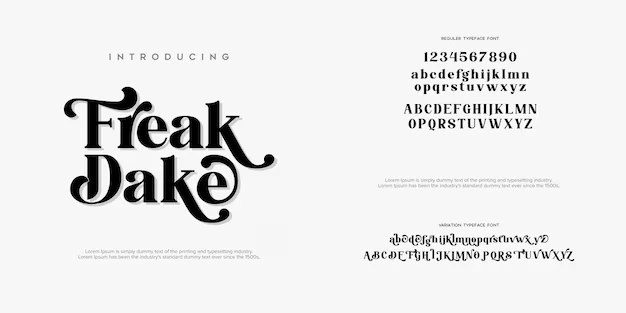
Dynamic text elements in design go beyond their traditional role of conveying information; they introduce a captivating layer of visual interest. Kinetic typography, as a dynamic form of expression, empowers designers to animate text in synchronization with audio, thereby transforming static messages into impactful visual narratives. This orchestrated dance between text and audio not only amplifies the communicative power of the content but also enhances the overall aesthetic appeal, captivating audiences in a compelling and memorable way.
In an era characterized by short attention spans and digital inundation, the integration of dynamic text elements, especially through kinetic typography, emerges as a strategic and creative approach. This not only meets the demands of the contemporary audience but also serves as a powerful tool for designers to communicate messages effectively. By merging motion, sound, and text, designers create an immersive experience that goes beyond traditional static communication, making a lasting impression on viewers in the dynamic landscape of digital content consumption.
The Art of Animation in Design
Animation takes the concept of motion graphics a step further by bringing designs to life through movement. Whether it’s character animation, 3D modelling, or interactive interfaces, animation injects vitality into the design, fostering a deeper connection between the content and the audience.
Incorporating Animation into Design
User Engagement
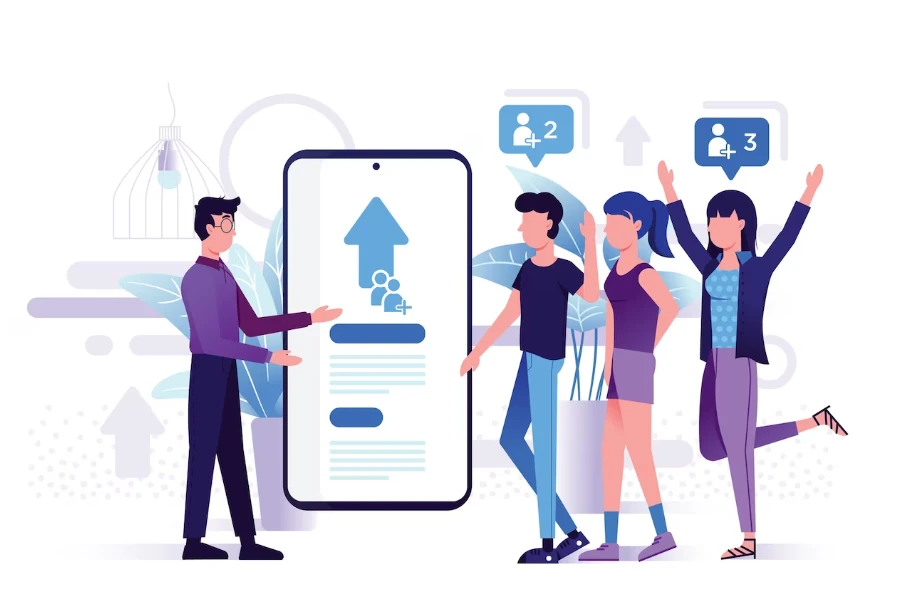
Interactive animations redefine the user experience by encouraging active engagement and participation within a design. Subtle hover effects represent a gentle introduction to interactivity, responding to a user’s cursor movements and providing visual feedback that acknowledges their presence. This responsiveness adds a layer of sophistication to the interface, making it more intuitive and user-friendly.
Moving beyond hover effects, designers can implement more intricate animations triggered by specific user actions. For example, scrolling, clicking, or tapping can initiate dynamic transitions, revealing additional content or guiding users through a storytelling journey. These purposeful animations not only capture attention but also enhance the overall user journey, turning a static interface into a dynamic and memorable experience.
Interactive animations cater to the modern user’s desire for a hands-on and engaging digital encounter. By allowing users to actively shape their interaction with the design, from subtly exploring hover effects to triggering more complex animations, designers create a symbiotic relationship between the user and the interface. This not only boosts user satisfaction but also establishes a connection that goes beyond mere visual appeal, making the design more memorable and impactful.
Emotional Resonance
Animation possesses a unique capacity to tap into the realm of emotions, crafting experiences that linger in memory and immerse audiences in a captivating narrative. The impact of animated storytelling is particularly noteworthy, as it transcends traditional boundaries to resonate with viewers on a deeply personal level. Whether through animated characters, scenes, or sequences, this form of storytelling harnesses the emotive potential of motion and visuals to forge a connection that transcends the screen.
Consider character animations, where animated personas come to life with distinct personalities, expressions, and movements. When executed thoughtfully, these characters can evoke empathy, laughter, or even tears, forging a profound emotional bond with the audience. The ability to imbue animated characters with relatable traits or emotions enhances the storytelling experience, making it not just visually appealing but also emotionally resonant.
In the context of animated storytelling, the immersive experience goes beyond mere visual engagement. The dynamic interplay of visuals and motion becomes a conduit for emotional expression, allowing audiences to feel connected to the narrative at a visceral level. This emotional resonance contributes to the creation of a lasting and memorable impact, elevating the overall quality of the storytelling experience.
Brand Personality
Animation, as a dynamic and expressive medium, provides designers with a powerful means to breathe life into brand elements, establishing a unique and memorable brand identity. One notable avenue for this is through the creation of animated mascots. These characters, when animated with distinct movements and expressions, become the embodiment of a brand’s personality. They not only serve as visual ambassadors but also evoke emotions and build a connection with the audience, fostering brand recognition and loyalty.
Furthermore, animated transitions and motions can be seamlessly integrated into various brand assets, from websites to marketing materials. Branded transitions, for instance, offer a cohesive and visually appealing way to navigate between sections or pages, reinforcing the brand’s aesthetic. These subtle animations contribute to a more immersive user experience, leaving a lasting impression on users while reinforcing the brand’s visual language.
The Future of Design
A Seamless Blend of Motion and Animation

The ever-advancing landscape of technology is ushering in a transformative era where the boundaries between motion graphics and animation are becoming increasingly fluid. This evolving paradigm gives rise to a hybrid approach, presenting designers with a canvas that fuses the strengths of both disciplines, offering the best of both worlds. In this dynamic intersection, designers are now at the forefront of exploration, seeking innovative ways to seamlessly integrate motion graphics and animation. The objective is clear: to craft experiences that are not only visually stunning but also possess the emotional resonance to captivate audiences in profound ways.
As this hybrid approach gains momentum, designers leverage the dynamism of motion graphics to infuse static visuals with life and energy. Simultaneously, animation steps in to breathe narrative depth into the design, creating a synergy that transcends traditional boundaries. The result is a visual language that not only engages but also evokes emotions, transforming the viewer’s journey into a rich and immersive experience.
This blending of motion graphics and animation isn’t merely a trend; it’s a strategic response to the evolving expectations of modern audiences. In a world where visual communication is increasingly integral to digital experiences, the hybrid approach becomes a powerful tool for designers, offering them the flexibility to convey complex messages with nuance, creativity, and impact. As technology continues its relentless march forward, this fusion of motion graphics and animation stands at the forefront of design innovation, pushing the boundaries of what’s possible and shaping the future of visual storytelling.
Conclusion
The fusion of motion graphics and animation represents a paradigm shift in design, ushering in a new era of creativity and engagement. As we celebrate the one-year milestone of this blog, it’s clear that the journey of design is one of perpetual evolution. By embracing the dynamic duo of motion graphics and animation, designers can craft experiences that transcend the boundaries of traditional static visuals, leaving an indelible mark on the ever-evolving canvas of design.
